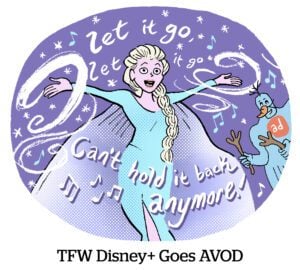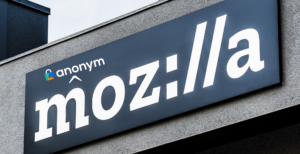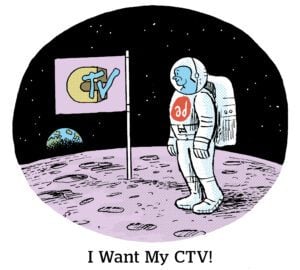“On TV And Video” is a column exploring opportunities and challenges in advanced TV and video.
Today’s column by Steven Golus, founder at Steven Golus Consulting, is the third in a series that will present the fundamentals of how TV advertising works and how it is changing.
In our previous article, we discussed the upfront – how agencies meet with the networks and plan their presentations, how each season has a unique ask from the buying community and how the networks devise their negotiating strategies around the upfronts and the scatter. In this column, we will unpack the complex relationships between broadcasters and MVPDs.
One of the more confusing topics in TV advertising is the relationship between the broadcast networks and cable or satellite operators, technically known as Multichannel Video Programming Distributors (MVPDs). To explain how they work with one another, let’s introduce a few concepts.
The carriage deal
Cable operators aggregate content for consumers, which they procure by partnering with broadcasters. These deals are known as carriage deals. For example, Comcast will strike a deal with Viacom, which gives them the right to retransmit the Viacom signal to their subscribers. Comcast pays Viacom what’s known as a retransmission fee per subscriber per month. Your cable bill is, in part, the total of these fees.
If the cable operator and network do not come to terms on fees, the operator does not have the right to transmit the signal, and channels are blocked. Once a deal is made, the signal is transmitted. One of the reasons HBO Max and Peacock are not available on Roku or Amazon Fire is the result of a dispute over a similar type of arrangement – in this case, its one over ad revenue and content availability on Roku’s and Amazon’s native apps. This negotiation is rather crucial as it may set a precedent for the modern-day carriage deal.
Ad sales
As part of the carriage deal, the network typically gives the MVPD 15% of its ad load or approximately two minutes per hour. The networks were smart when they first struck these deals – they gave the MVPDs one minute at 26 minutes past the hour and another at 56. These are two of the least viewed minutes per hour.
Typically, 25% of the two minutes, or one 30-second spot, was used by the carrier for internal promotions. The other 75% was sold by the MVPD’s ad sales organization. For example, Comcast’s sales team, Effectv, will sell on both a local and regional level. This is why you typically see ads for your local furniture store or car dealer at 26 or 56 minutes past the hour.
In any given market, there may be several small cable providers, one or two large providers and satellite providers such as DirecTV. In any given regional market, the combination of households with cable is referred to as The Interconnect. Since ad sales organizations need scale to succeed, it didn’t make sense to have several ads sellers in a market.
The Interconnect enables the dominant provider or providers in a market to sell all inventory across all of the households with cable, as if it were a local ad network. Yet, not every provider sells on The Interconnect. For example, WOW, the sixth-largest cable provider, is not on The Interconnect but will work with Viamedia, who reps their media. Dish is another notable holdout and not on The Interconnect.
Addressable TV
So local sellers sell ad space to local mom and pop stores and the regional teams sell to advertisers looking for broader reach. But what about national sales?
Rather than having another team in the market, many MVPDs work with partners to sell national inventory. Cox, Charter, and Comcast formed a joint venture, once known as NCC, now known as Ampersand, which recently picked up national sales for Verizon Fios. Xandr, a division of AT&T reps DirecTV and Frontier.
One of the benefits of working with an Ampersand or Xandr is geo-targeting, as most large networks can’t execute campaigns on a DMA, ZIP, or Zone level. More importantly, since both Ampersand and Xandr have access to the set-top box via their partnerships, both are positioning their offering to focus on addressable TV.
Addressable TV allows brands to leverage data to deliver targeted ads to a household. For example – Jane leases a Subaru, and her lease is due in three months. Subaru has Jane’s home address, as does Jane’s cable provider, Comcast. Comcast and Subaru work with a third party such as Acxiom to match their data sets. When a match is made, Comcast can dynamically insert a Subaru ad into its inventory. Subaru may choose to overlay programming on the buy to increase the chance that Jane sees the ad. Given the targeting capabilities, the CPMs of addressable TV can be very high.
Finally, as viewing evolved to include more OTT and VOD, carriage deals began to include access to that inventory. So local sales teams can now sell live linear, VOD and OTT as a larger package. These local sales teams can also purchase inventory programmatically to expand reach beyond their owned and operated properties.














